Introduction
Rice, a staple food for millions across the globe, is often subject to various contaminants, including black insects. These pests can not only mar the aesthetic appeal of the grain but also pose potential health risks. Discovering black insects in rice can be alarming, prompting immediate action to ensure the safety and quality of the food. This comprehensive guide delves into the reasons behind the presence of these insects, the methods to effectively eliminate them, and preventive strategies to avoid future infestations. By understanding the lifecycle and behavior of these pests, consumers can take proactive steps to safeguard their rice supply.

Understanding the Black Insects in Rice
Before diving into solutions, it’s crucial to identify the insects commonly found in rice. The most prevalent black insects in rice are often beetles, specifically the rice weevil (Sitophilus oryzae) and the saw-toothed grain beetle (Oryzaephilus surinamensis). These insects are tiny, with hard shells that protect them from environmental stressors. They thrive in warm, moist conditions and feed on stored grains, including rice.
The rice weevil is particularly problematic as it can lay eggs inside the kernels, leading to internal infestation. These eggs hatch into larvae that consume the rice from within, causing significant damage. The saw-toothed grain beetle, on the other hand, prefers to feed on broken grains and debris, making it a secondary pest that often invades already-infested rice.
The presence of these insects can be attributed to several factors, including improper storage conditions, contaminated rice at purchase, or cross-contamination from other infested grains. Understanding their biology and behavior is key to devising effective control measures.
Immediate Steps to Eliminate Black Insects
Upon discovering black insects in rice, several immediate steps can be taken to eliminate the pests and minimize damage:
-
Freezing the Rice: One of the most effective methods to kill insects and their larvae is by exposing the rice to extreme cold. Place the infected rice in a sealed, airtight container and place it in the freezer for at least four days. The cold temperatures will kill both adult insects and their eggs, rendering them harmless. After freezing, thaw the rice gradually and inspect it thoroughly before use.
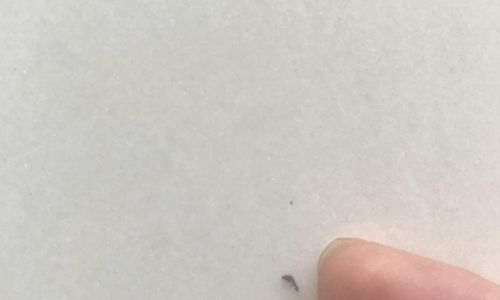
-
Heating the Rice: Alternatively, exposing the rice to high temperatures can also be effective. Place the rice in an oven preheated to 140°F (60°C) for 30-45 minutes. This method ensures that all stages of the insect lifecycle are eliminated. However, be cautious not to overheat the rice, as this could affect its quality and taste.
-
Solar Heating: For those without oven access, solar heating can be a viable option. Spread the rice in a thin layer on a baking sheet and place it in direct sunlight for several hours. The intense heat from the sun will kill the insects. However, this method may not be as effective in cloudy or rainy climates.
-
Sieving and Picking: For light infestations, manually picking out the insects and sieving the rice through a fine mesh can help remove visible pests. While this method is labor-intensive, it can be effective for small quantities of rice.
-
Using Insecticidal Dusts: In severe cases, insecticidal dusts specifically formulated for grain storage can be used. These dusts contain pyrethroids or other insecticides that target the nervous system of insects. Apply the dust according to the manufacturer’s instructions, ensuring thorough coverage of the rice. Allow the treated rice to sit for the recommended period before use, and wear protective gear during application to avoid inhaling or ingesting the dust.
Long-Term Solutions and Preventive Measures
Eliminating black insects from rice is just the first step. To prevent future infestations, a combination of long-term solutions and preventive measures must be implemented:
-
Proper Storage Conditions: The key to preventing insect infestations is maintaining proper storage conditions. Rice should be stored in cool, dry places with temperatures below 70°F (21°C) and relative humidity below 60%. Airtight containers made of glass, stainless steel, or food-grade plastic are ideal, as they prevent moisture and insects from entering.
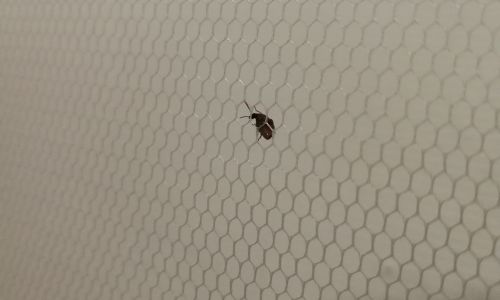
-
Regular Inspection: Regularly inspect stored rice for signs of infestation. Look for tiny holes in the grains, webbing, or adult insects. Early detection can prevent severe infestations and minimize damage.
-
Cleaning and Sanitizing Storage Areas: Before storing new rice, thoroughly clean and sanitize storage areas and containers. Use a mild bleach solution or vinegar to disinfect surfaces, removing any traces of food residue or insects that could serve as a breeding ground.
-
Using Insect Traps: Insect traps, such as pheromone traps or sticky traps, can be placed near storage areas to monitor and catch incoming insects. These traps are particularly useful for detecting early infestations before they spread.
-
Rotating Rice Supplies: To avoid storing rice for extended periods, rotate your supply regularly. Use older batches first and replenish with newer ones to minimize the risk of infestation.
-
Buying Quality Rice: Purchasing rice from reputable sources can reduce the risk of contamination. Look for packages that are sealed and have no signs of tampering or damage. Opt for brands that prioritize quality control and use effective pest management practices.
-
Natural Remedies: For those seeking natural solutions, certain spices and herbs, such as bay leaves, cloves, and diatomaceous earth, can be used as natural insect repellents. Place a few whole spices or a light dusting of diatomaceous earth in storage containers to deter insects. However, be cautious with diatomaceous earth, as it can be harmful if inhaled in large quantities.
-
Sealing Cracks and Crevices: Inspect your home for cracks and crevices that could allow insects to enter. Seal these gaps with silicone caulk or steel wool to create a barrier against pests.
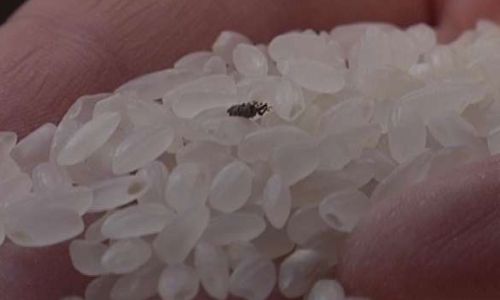
Conclusion
Discovering black insects in rice can be a distressing experience, but with the right knowledge and strategies, consumers can effectively eliminate these pests and prevent future infestations. By maintaining proper storage conditions, regularly inspecting rice supplies, and implementing preventive measures, the quality and safety of rice can be preserved. Remember, early detection and prompt action are key to minimizing damage and ensuring the continued enjoyment of this staple food.
By adopting a comprehensive approach that combines immediate elimination methods with long-term preventive strategies, consumers can safeguard their rice supply and maintain peace of mind. With these measures in place, rice can remain a nutritious and enjoyable part of any meal, free from the worry of contamination by black insects.
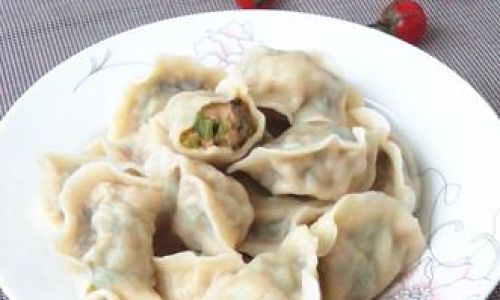



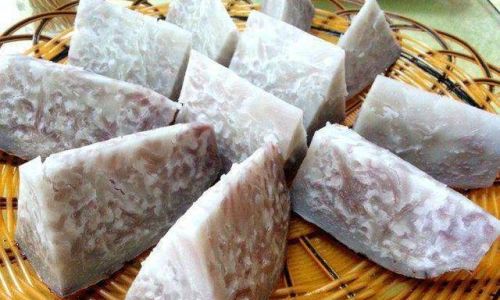
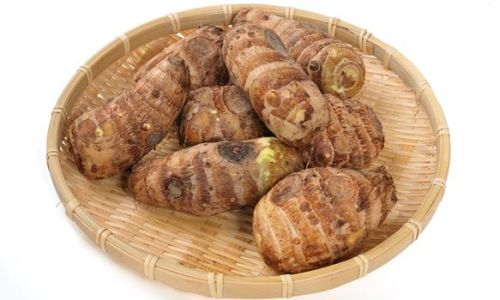
0 comments